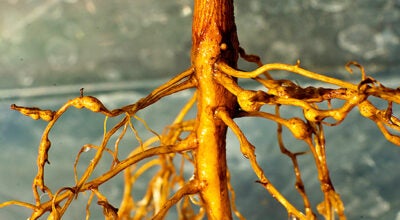Catching and releasing a Sabine tagged redfish
Published 2:24 pm Wednesday, May 13, 2015
Conservation means the wise use of resources.
With fisheries around the country and even in Southeast Texas facing more intelligent pressure than ever, conservation is not only wise it is paramount.
That is why anglers must learn proper catch-and-release strategies.
Releasing fish, particularly, the large breeding-sized fish was first popularized and perfected in the largemouth bass fishery and has transferred with great success throughout all realms of angling.
Although catch-and-release recreational fishing is a modern practice, the basic tent goes back thousands of years.
Ancient Hebrew writings called for the people to only take eggs from ground-nesting birds and to not take the mother.
The ideas was that the mother would lay again and produce more young but when the female was taken, no more were produced. This is essentially the modern practice of taking smaller fish to eat an letting the breeders go.
Of course not all released fish are females, nor should they be but the fact is without breeders, fisheries will not only decline in terms of fish size but numbers will plummet as well.
And then there is the personal side of catch-and-release.
I am all for catching a mess of crappie for example and frying them up alongside some hush puppies and spending an enjoyable evening with family.
There is however something special about catching and releasing a big or particularly elusive fish so it can fight another day.
In the summer of 1999, I was deeply involved in tagging sharks for the Mote Marine Laboratory and Texas Sea Grant.
The Sea Grant folks said if we caught any bull redfish, to go ahead and place a tag in them as well.
While fishing a nearshore gas platform off the coast of Sabine Pass, my friend Bill Killian caught a big bull red, so I quickly broke out the tagging equipment, recorded the information and put it back into the sand-green waters.
Three weeks later, we were fishing the Sabine Jetties which are about two miles away and the line alarm on my reel sounded.
As I grabbed the rod, it doubled over and I soon realized I had on a very big fish.
A few minutes later, a large bull redfish surfaced and Killian netted it on the first run past the boat.
As soon as we put the fish in the boat, I noticed a tag covered with slime.
Being registered in the annual CCA STAR tournament which features tagged redfish that earn anglers a truck, I was stoked, but then I realized they do not tag 40 plus inch reds. They only tag the slot-sized specimens.
As I removed the slime, my heart raced as I realized the tag said Sea Grant. After examining our data, we realized it was the exact same fish Killian caught that I tagged the week before.
As far as I know none of the sharks or bull reds we tagged were caught and reported by other anglers but I caught my own tagged fish.
You can’t make up stuff that wild! I was pumped to say the least.
It taught me something about redfish movement patterns but more importantly let me know firsthand that releasing big fish pays off.
I will carry that with me the rest of my life.
To contact Chester Moore, e-mail him at chester@kingdomzoo.com. You can hear him on “Moore Outdoors” Fridays from 6-7 p.m. on Newstalk AM 560 KLVI or online atwww.klvi.com.





